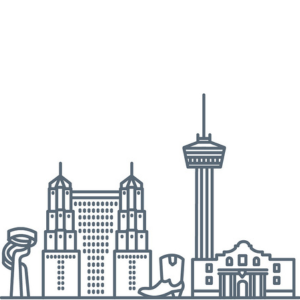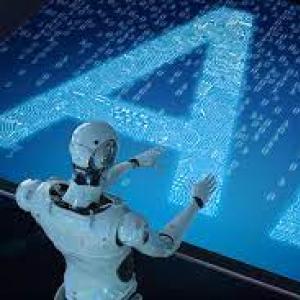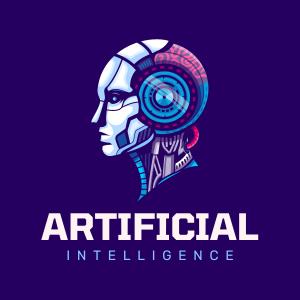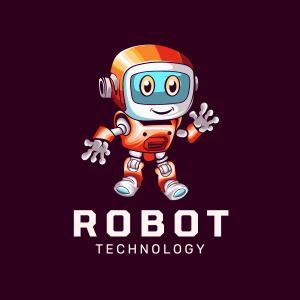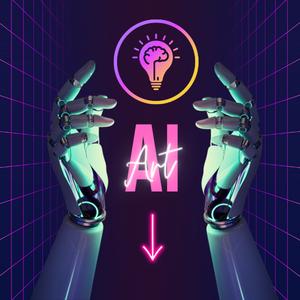Enhancing Human-Robot Interaction for Seamless Collaboration
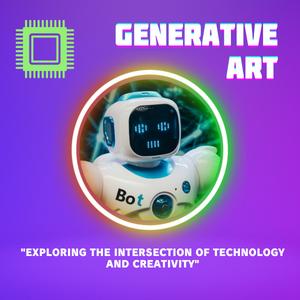
Human-robot interaction (HRI) is a burgeoning field at the intersection of artificial intelligence and robotics, aiming to bridge the gap between humans and machines through intuitive and effective communication channels. As robots increasingly integrate into various aspects of daily life, understanding and optimizing HRI is essential for maximizing their potential to augment human capabilities and enhance productivity.
One of the key aspects of HRI is natural language processing (NLP), enabling robots to understand and respond to human speech. By leveraging advancements in machine learning and NLP algorithms, researchers are striving to develop robots capable of engaging in meaningful conversations with humans. From assisting with household tasks to providing customer service in retail environments, NLP-enabled robots have the potential to streamline interactions and improve user experience.
Beyond verbal communication, gestures and facial expressions play crucial roles in facilitating non-verbal communication between humans and robots. Research in this area focuses on equipping robots with the ability to recognize and interpret human gestures and expressions accurately. By understanding subtle cues such as hand movements or facial expressions, robots can better discern human intentions and respond accordingly, fostering a more intuitive and natural interaction experience.
Moreover, the design of user-friendly interfaces is paramount in shaping the dynamics of HRI. Intuitive interfaces that prioritize simplicity and clarity enable users to interact with robots effortlessly, regardless of their technical expertise. Whether through touchscreen displays, voice commands, or gesture-based controls, well-designed interfaces empower users to communicate their needs and preferences effectively, fostering collaboration and cooperation between humans and robots.
In industrial settings, collaborative robots (cobots) exemplify the potential of seamless HRI to enhance productivity and safety. Cobots are designed to work alongside humans, assisting with tasks that require precision or strength while minimizing the risk of accidents. Through intuitive interfaces and responsive feedback mechanisms, cobots adapt to dynamic environments and collaborate with human coworkers harmoniously, unlocking new possibilities for efficiency and innovation in manufacturing and beyond.
In conclusion, HRI encompasses a diverse array of research endeavors aimed at optimizing the interaction between humans and robots. By leveraging advancements in NLP, recognizing non-verbal cues, and designing user-friendly interfaces, we can cultivate a future where humans and robots collaborate seamlessly, unlocking new frontiers of productivity, creativity, and efficiency. As technology continues to evolve, nurturing a symbiotic relationship between humans and robots holds the promise of transforming industries, enhancing quality of life, and shaping a more inclusive and interconnected society.















